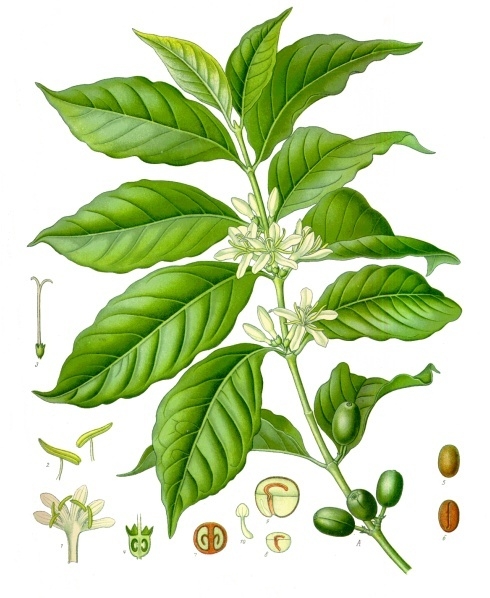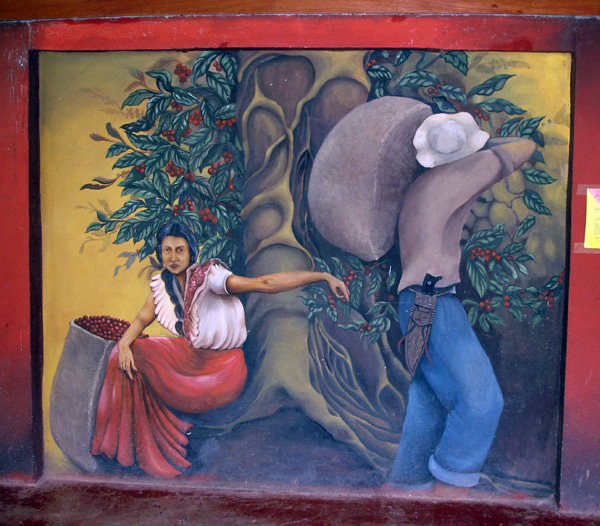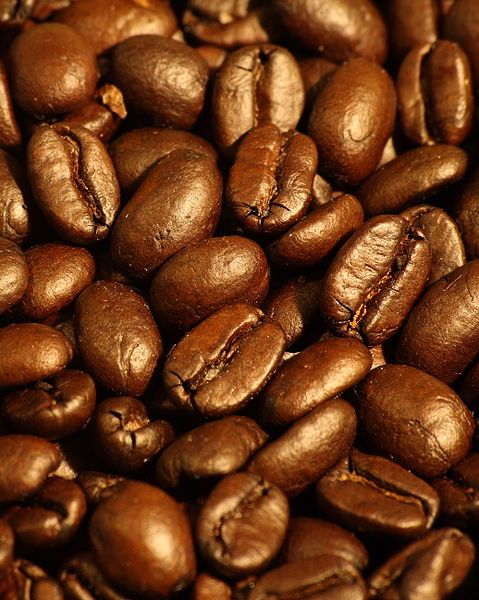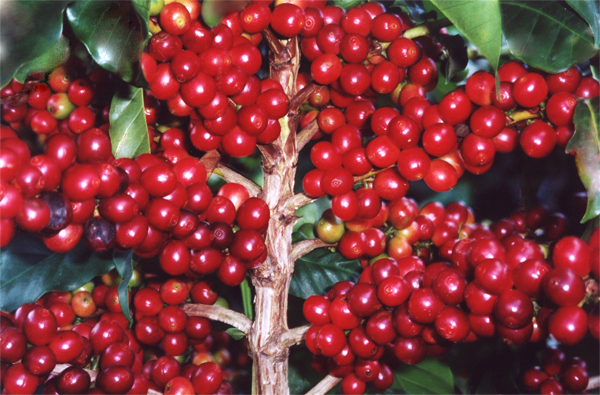If you weighed 180 pounds and drank 160 shots of espresso coffee in 24 hours, you’d be pushing up daisies. I know, not likely. Actually, regular coffee drinking (up to 6 cups per day, caffeinated or decaffeinated) supposedly results in a lower rate of death from heart disease. But lots of people have died because of coffee.
“Noted as one of the world’s largest, most valuable, legally traded commodities after oil, coffee has become a vital cash crop for many Third World countries. Over one hundred million people in developing countries have become dependent on coffee as the primary source of income. Coffee has become the primary export and backbone for African countries like Uganda, Burundi, Rwanda, and Ethiopia as well as many Central American countries”(1). Over one hundred million people dependent on producing coffee – aye, there’s the rub.
Issues of globalization, transportation, emigration, immigration, soil science, and climate change swirl around in each cup of coffee we drink. “The price paid for a cup of coffee in the U.S. exceeds half the daily income of many small-scale coffee farmers. Workers on large coffee plantations often earn less than $2.00/day”(2). Yes, it’s all about supply and demand. An International Coffee Agreement was established in 1975 in order to guarantee coffee prices, but, despite the fact that it held the minimum price of coffee to roughly $1.20 per pound, the agreement collapsed in 1989 when the US pulled out of it and coffee prices plummeted to under 50 cents a pound. The collapse of coffee prices spelled disaster for small coffee farmers, and the resulting “Coffee Crisis” saw US prices fluctuate from a high of $3.00 a pound in 1997, down to $0.43 a pound in 2001, back up to about $1.00 a pound in 2007, and down again to about $0.70 in 2008—well below the price established by the defunct International Coffee Agreement of 1975-1989. The result: “Many small coffee farmers receive prices for their coffee that are less than the costs of production, forcing them into a cycle of poverty and debt”(3).
“Where farmers depend largely on coffee for income, including food purchase and where indebtedness has been incurred, farmers are either more heavily in debt or have been forced to abandon their farms or switch to alternative crops. Options for the latter may be reduced and may include proscribed drugs like coca. In Vietnam, there are reports of farmers selling their possessions to satisfy debt collectors. In Guatemala, for the 2001/02 crop, the harvest labour force has been reduced from 500,000 to 250,000. In Colombia, coca plantations can now be found in coffee areas. Coffee farmers from Mexico have died trying to enter the USA illegally after abandoning their farms, and indebted coffee growers have been committing suicide in India. In general the situation stimulates emigration to cities and to industrialised countries”(2).
So, how does an affluent American coffee junkie slake his thirst and assuage his guilt at the same time? The answer seems to lie in “fair trade” practices which give coffee growers a guaranteed and pre-negotiated price for coffee produced using agreed standards. Humanitarian and environmental backing of the fair trade initiative has led to a dramatic increase in the production and consequent consumption of “fair trade coffee,” organically grown or not. San Francisco is now a self-proclaimed “Fair Trade Coffee City,” Starbucks has become “the largest purchaser of Fair Trade Certified coffee in the world”(4), and, as of 2007, UCSB Dining Services could brag that “the purchases of organic and/or Fair Trade coffee increased 7.8% over last year. Out of 26,305 pounds of coffee purchased, 19,425 pounds were Organic, Fair Trade, or a combination of both”(5).
“Coffee should be black as hell, strong as death, and as sweet as love” – Turkish proverb(6). Perhaps it is.
Citations:
- http://en.wikipedia.org/wiki/Coffee
- http://www.transfairusa.org/content/about/news/n_081028.php
- http://coffeetea.about.com/library/blquotes.htm
Editor’s Note: Thanks to Professor Kostas Goulias for suggesting an article on this topic. As he notes, the history of coffee production and consumption involves the study of Human and Physical Geography on many levels, including those of human-environment relations, terrestrial biophysical processes, climate, transportation, and cognitive and behavioral geography. Article by Bill Norrington









